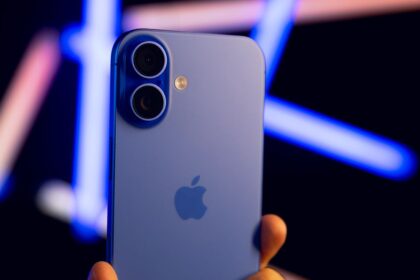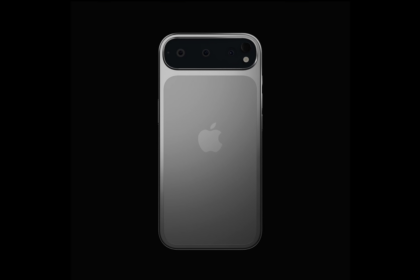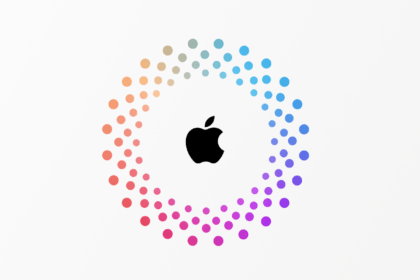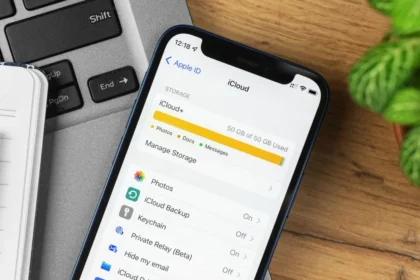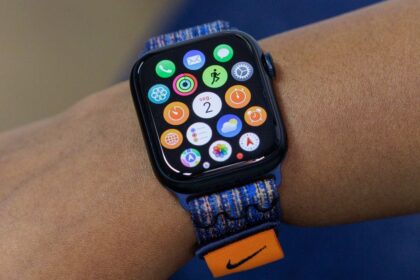Apple recently unveiled its new Vision Pro headset, which includes a pretty nifty feature called Optic ID. This uses iris recognition technology to identify you based on the unique color patterns in your irises. It scans your eyes to confirm you’re trying to access the headset or make purchases.
The idea is that Optic ID offers a quick and secure way to unlock your Vision Pro headset, authorize Apple Pay payments, log into apps, and access personal information. It works similarly to Face ID or Touch ID on iPhones/iPads regarding authentication. Once you set up Optic ID, you must use it to access your personal Vision Pro profile (Persona).
As Apple puts it, “Just like Touch ID changed the game with fingerprint authentication and Face ID did the same for facial recognition, Optic ID brings iris recognition into the future.” The technology relies on advanced eye tracking through infrared cameras and LEDs built into the Vision Pro headset.
Optic ID defaults to scanning both eyes for maximum accuracy since factors like lighting can change the size of your pupils. It automatically updates your biometric template each time you successfully unlock it to account for those changes. And for privacy, all biometric data is encrypted and never stored anywhere beyond the headset.
For accessibility, there’s a one-eye setting for Optic ID in the device settings. You can also turn off biometric unlocking completely and just use a passcode. But most people will probably opt for the cool iris scanner since it’s quick and futuristic!
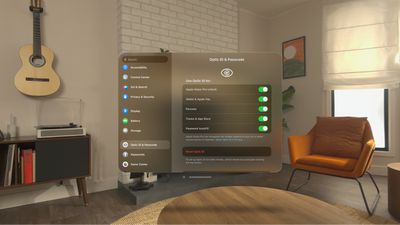
“Optic ID is a feature in the Vision Pro that works with ZEISS optical inserts and special prescription soft contact lenses for people who need glasses or contact lenses.
According to Apple, Optic ID uses advanced technology to recognize your iris. When you set it up, the system uses safe infrared light to take pictures of your iris using the Vision Pro’s cameras. This data is then processed on the Secure Enclave and part of the Apple M2 chip’s neural engine, which is protected within the Secure Enclave.
It creates a unique mathematical representation of your iris for identification. When you want to unlock your device, Optic ID compares your iris with the stored data to see if there’s a match.
Apple assures Optic ID meets international safety standards and won’t harm your eyes or skin due to low emitter output.
The chances of someone else unlocking your Vision Pro with Optic ID are incredibly low, less than one in a million, similar to Face ID. Optic ID looks at detailed iris patterns in the near-infrared spectrum, unique to each person regardless of iris color.
Optic ID allows up to five unsuccessful attempts before requiring a passcode. To add another layer of security, the device can erase all data after 10 failed passcode attempts.
You’ll need to enter your passcode when turning on the device if it hasn’t been unlocked for more than 48 hours or if Optic ID hasn’t been used to unlock it in the last 4 hours. However, as explained in Apple’s support document for Optic ID setup and usage, you may still be able to use Optic ID if your iPhone is nearby.”
Source:





